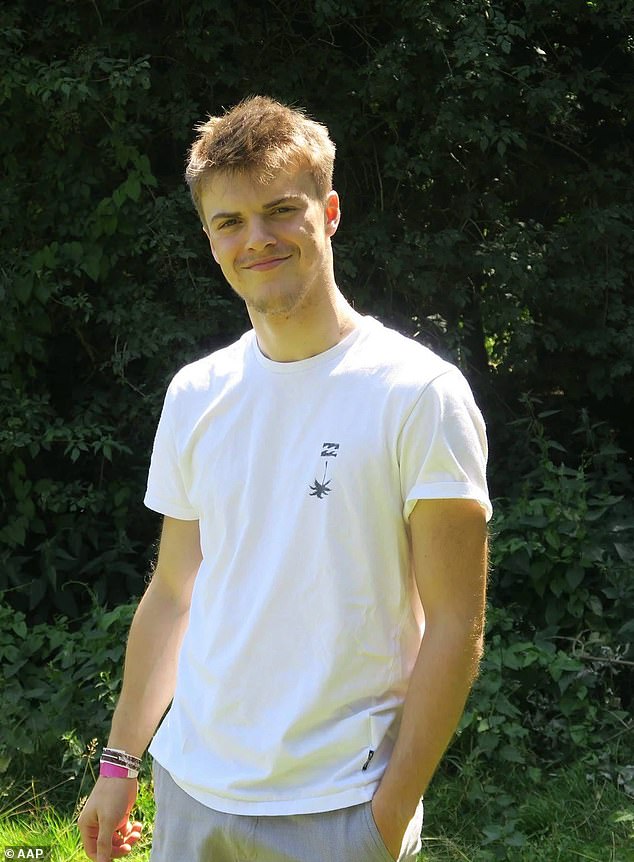The godfather of missing backpacker Theo Hayez has said lessons learned from his disappearance could help shed light on what happened to Samantha Murphy.
The mother-of-three, 51, left her home on Eureka Street in Ballarat East, Victoria, on February 4 to go for a run and has not been seen since.
The case is eerily similar to that of Mr Hayez, a Belgian teenager who disappeared without a trace while visiting Byron Bay on a backpacking trip through Australia.
The 18-year-old was last seen around 11pm on May 31, 2019, outside a nightclub on Jonson Street; His family then successfully petitioned Google to release detailed phone data tracking where he went next.
Hayez’s godfather, Jean-Philippe Pector, said this week that he was surprised that forensic findings about what happened to his godson had not changed the way missing persons cases are handled.
Theo Hayez was backpacking in Byron Bay when he mysteriously disappeared in 2019
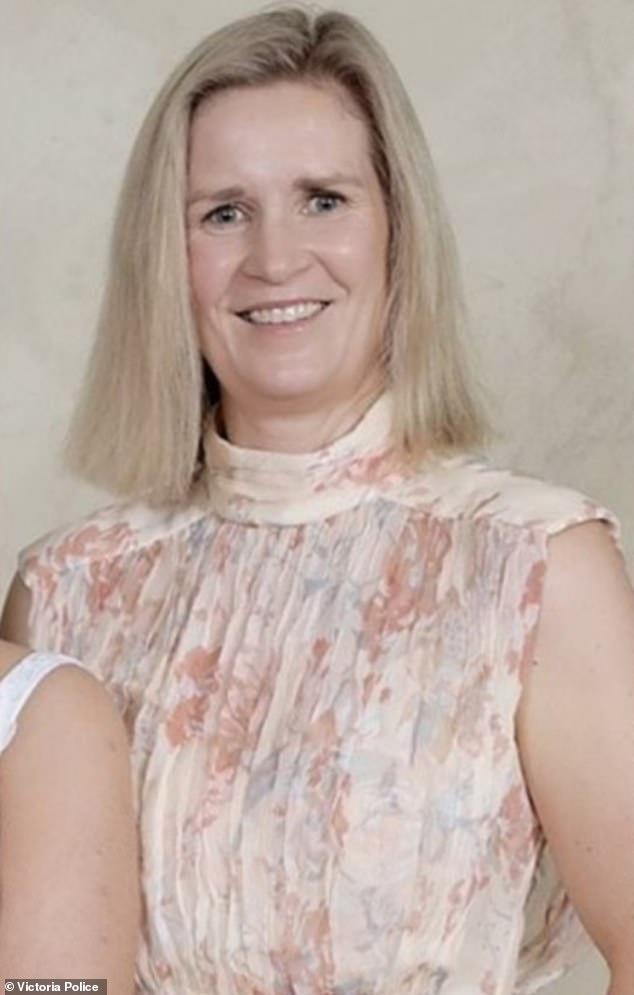
Samantha Murphy disappeared without a trace on February 4
New South Wales state coroner Teresa O’Sullivan said in October 2022 that legal “loopholes, obstacles and inconsistencies” in access to telecommunications data were hampering these types of investigations.
“Many of these legislative barriers are inexplicable and removing them could save lives and help prevent the terrible pain of ambiguous loss suffered by Theo’s family and many others,” Ms O’Sullivan said.
Police in Murphy’s case have said they are working with telecommunications experts, but progress appears to be slow, and the large-scale investigation, nearly two weeks after her disappearance, has yielded no progress.
Pector urged Murphy’s family to focus on electronic methods to track her.
“I would definitely suggest that they push as hard as they can to get the police to try to access that information,” Mr. Pector said. The Australian.
His family had gone through a complicated process to reset Theo’s Google account and then provided him with access to a stream of information tracking where he went that night, which was not in the police search area.
Australian police do not have jurisdiction to require large international technology companies such as Facebook and Google to hand over information unless it is related to a specific crime, making missing person investigations especially difficult.
Even when it is, Ms O’Sullivan said the process can “take months, sometimes even more than a year”.
In some cases, the law could even prevent police from accessing the devices.
“We expressed quite clearly that if Theo’s coronial investigation could help other cases… then that would be the least we could hope for if we can’t find Theo,” Mr Proctor said.
He added that he would be “shocked” if progress had not been made in simplifying the process for police to access this type of information when searching for a missing person.
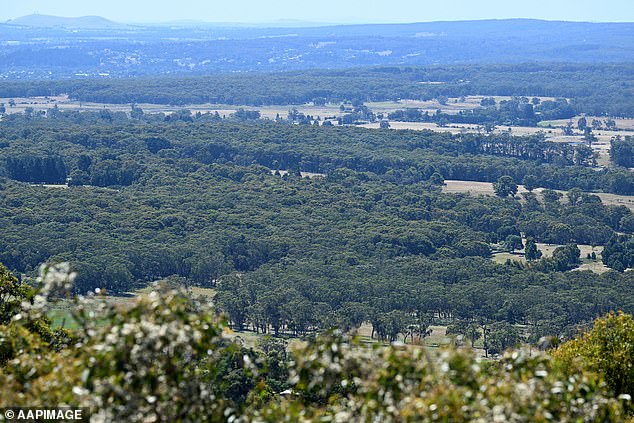
The vast, rugged terrain where police and community members have searched for Samantha Murphy
Data obtained by his family showed that Theo walked in the opposite direction to the route back to his accommodation indicated on Google Maps. For seven minutes he stood in front of some cricket nets.
He then took a dark path through bushes toward the ocean, at some points appearing to walk quickly or run.
At the urging of locals and police, coroner Teresa O’Sullivan walked the Milne Track one night last year.
Police had noted that it would be strange for a foreigner to walk alone at night along the terrifying and “spooky” track, leading to theories that Theo was with someone else.
He veered off the trail into steep, dense bush and ended up on the beach.
He was at Cozy Corner when he appears to have disabled his location services shortly after midnight to save battery.
After midnight he used his phone to exchange messages with his stepsister Emma, watch clips of a French quiz show, and joke with a friend on Facebook about an upcoming U2 concert.
But shortly after 1 a.m., his phone stopped receiving data.
Detectives have been working with telecommunications technicians to trace the route Ms Murphy took after confirming she was carrying a smartwatch and phone.
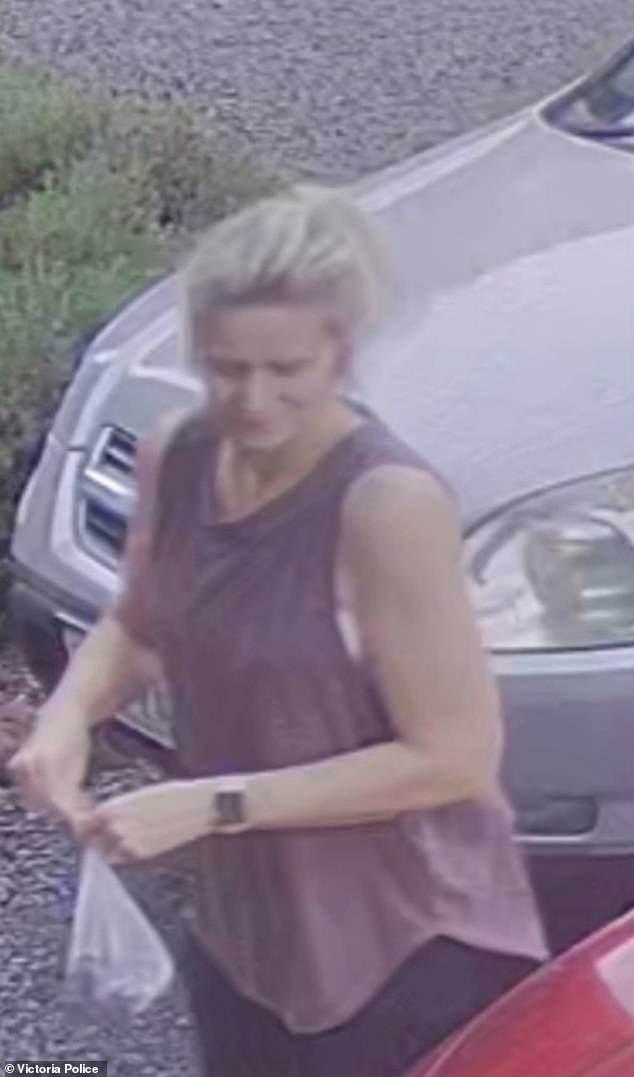
Police released this image of Ms Murphy from the morning she disappeared.
Police are also examining CCTV footage submitted by the public to try to piece together Ms Murphy’s last documented movements, saying a full-scale search will only resume if new information emerges.
“Missing Persons is tracking, reviewing timelines, looking at CCTV, examining many information reports that we have received from the public,” the commissioner said.
“So it’s still early, but the concern is obviously there, given that we don’t really have leads.”
The mother-of-three describes herself as physically and mentally fit and was training for an upcoming race by doing 15km runs.
Police Commissioner Shane Patton said Wednesday the situation was unusual because police have been unable to locate any trail or find any leads to Ms. Murphy.
“When someone has been missing during this time, we have no trace, clearly there must be some suspicions because we have not been able to locate them,” he said.
Dozens of volunteers and search teams have searched areas of the Ballarat region, including Buningyong, Eureka and the Canadian State Forest, to no avail.
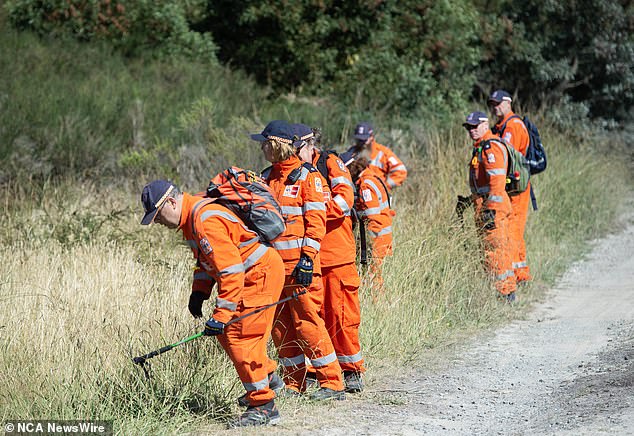
The search for Ms Murphy has been virtually abandoned as police scale back the official operation.
Detectives from the Missing Persons Squad went to Ballarat to investigate.
Police said Saturday they had not identified any sinister circumstances surrounding Murphy’s disappearance but were very concerned for his well-being.
“There are obviously missing people involved, it’s suspicious, whether there’s foul play involved or not, I don’t know,” Patton said Wednesday.
“But detectives investigating a matter where a woman has been missing for a significant period of time, they consider it unusual, they consider it suspicious, but it is certainly of great concern to us.”


